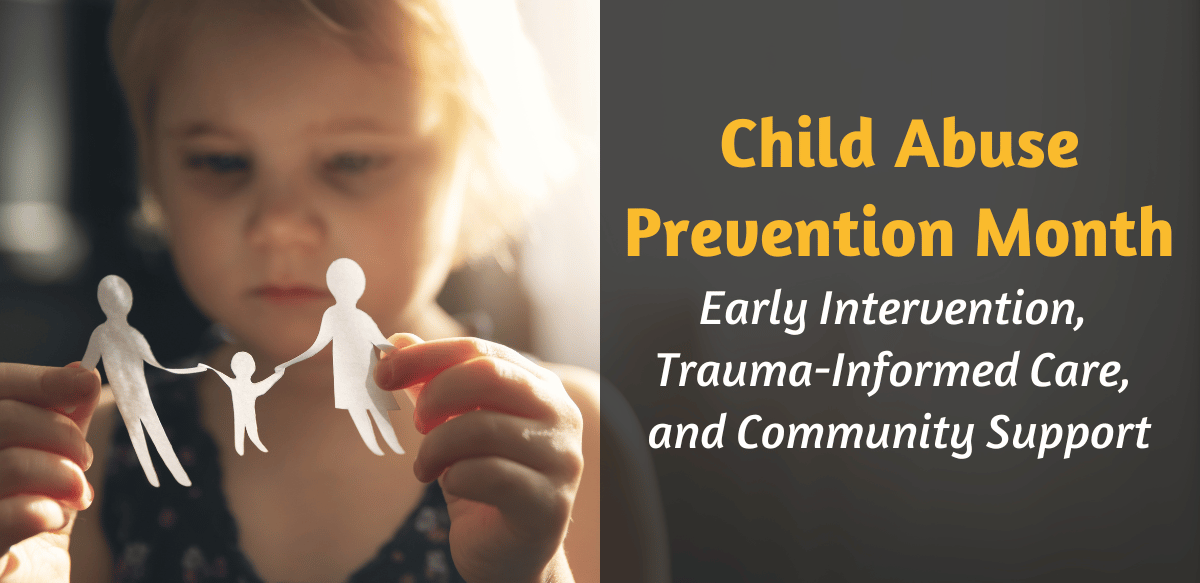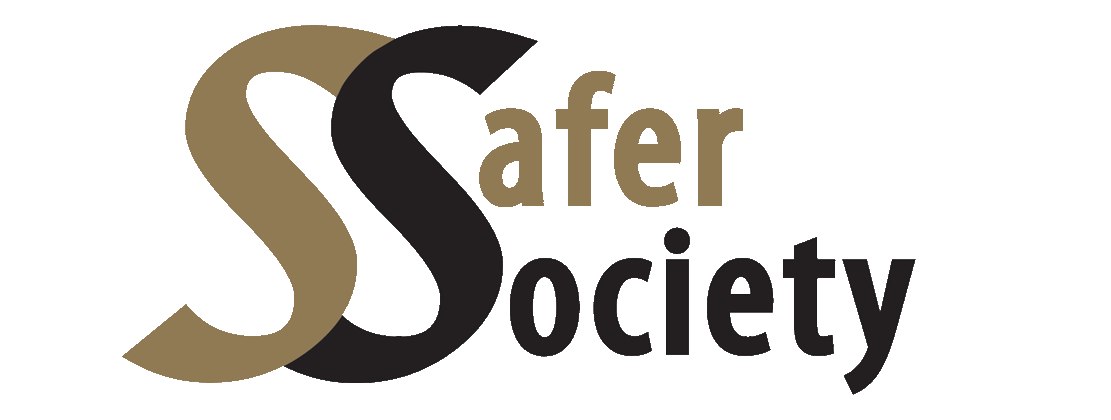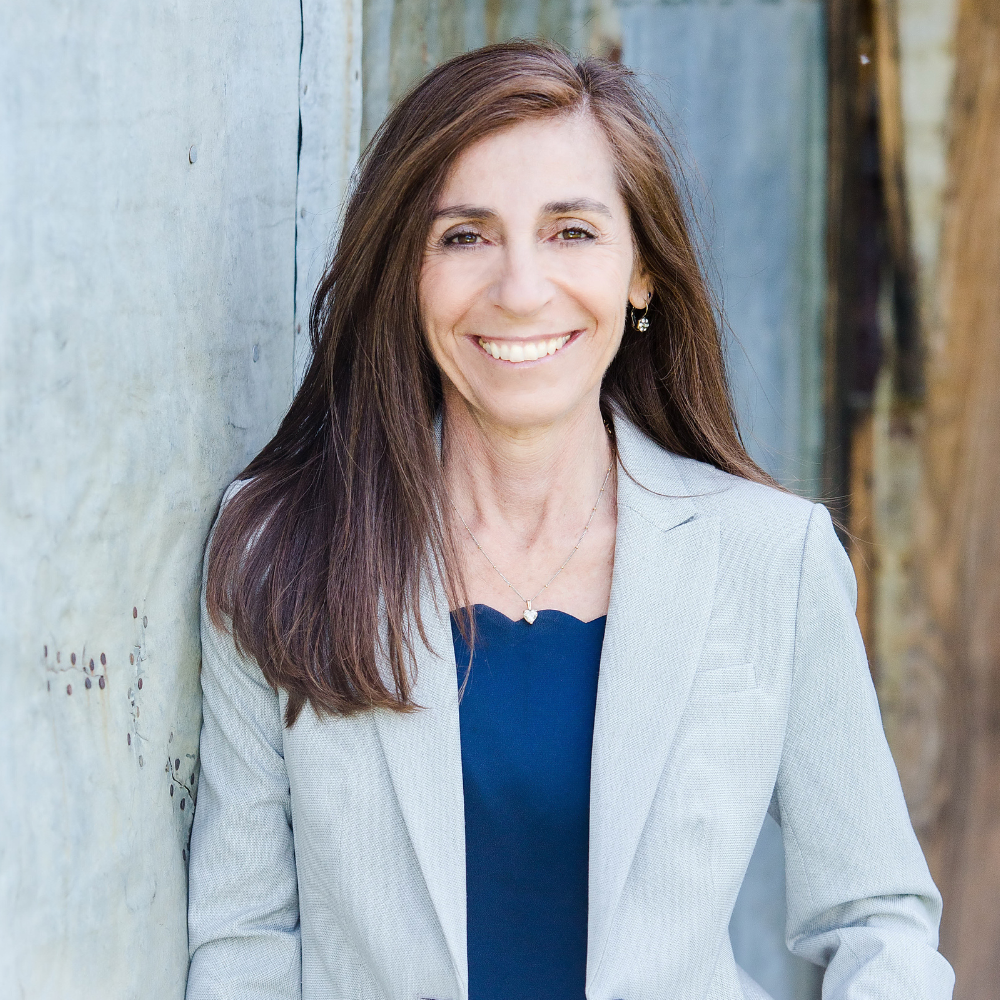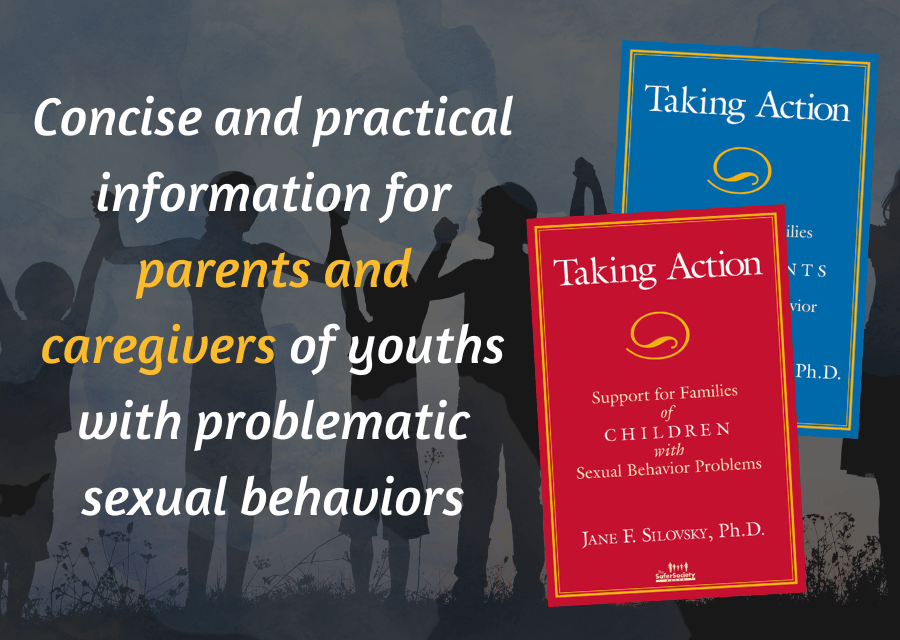
April is National Child Abuse Prevention Month, a time to raise awareness about protecting children and supporting families. Among the many challenges in preventing abuse, one critical issue often overlooked is addressing problematic sexual behaviors in youths. Research shows that adolescents commit over 70% of sexual abuse against minors—substantially higher than previous estimates. Understanding the root causes of these behaviors, including trauma and adverse social environments, is essential for developing effective prevention and treatment strategies. By focusing on early intervention, trauma-informed care, and community support, we can create safer environments for children while helping youths with problematic behaviors heal and grow.
Understanding Root Causes

To address the alarming prevalence of sexual violence committed by adolescents, it is crucial to examine the underlying factors that contribute to these behaviors. Research consistently shows that youths with problematic sexual behaviors often have histories of trauma and maltreatment. Among these, child sexual abuse appears most common. Such experiences can profoundly shape a young person’s development, increasing the likelihood of engaging in sexually problematic behaviors.
Recognizing these underlying factors is essential for mental health professionals working with youths who engage in harmful sexual behaviors. A trauma-informed approach to treatment looks not only at the harmful behavior but at the root causes of the youth’s behavior—such as earlier victimization experiences. This method acknowledges that problematic actions are often coping mechanisms in response to prior trauma.
Additionally, research suggests that various harmful behaviors, including inappropriate sexual conduct, often involve patterns of coercive interaction that youths learn through their experiences in harsh social environment. When applied to young people with problematic sexual behaviors, a trauma-informed framework helps explain how early social learning contributes to concerning conduct, even when these behaviors aren’t explicitly sexual offenses.
For mental health professionals, understanding this interplay between trauma, social learning, and environmental factors reinforces the importance of examining both family dynamics and educational settings when assessing and treating youths with sexual behavior concerns.
What Roles do Family and Community Play?
Families and communities are essential partners in addressing problematic sexual behavior in youths. When parents, schools, and community organizations create environments that support open communication about relationships and sexuality, they help young people develop healthy boundaries and behaviors. Early identification of concerning behaviors becomes possible when families understand normal sexual development and recognize warning signs. Community resources that provide education about appropriate sexual conduct can strengthen these efforts. Examples of such resources include:
- Sexual health education, consent training, and abuse prevention workshops
- Schools and neighborhoods that reinforce prosocial behaviors
- Safe spaces for individuals to talk about their experiences
- Support groups for those affected by problematic sexual behavior
As an example of the kind of sexual health education that is needed, Feather Berkower, LCSW, author of the book Off Limits, explains the “Boss of Body” concept. This approach teaches children that they control who touches them, especially their genitals (penis, vulva, etc.), fostering lifelong skills to help prevent abuse and promote respectful boundaries.
Boss of Body is as applicable for a 4-year-old as it is for a 14-year-old. We need to teach Boss of Body to that 4-year-old because then as a 14-year-old they start dating, hormones are raging, and they’re getting into situations where they’re experimenting sexually. And if they’ve been raised with this concept that ‘I have self-worth’, ‘This is my body,’ it just makes it a little more possible maybe for them to say, ‘You know what, no, I’m not ready. I don’t want to do this just because you want me to. – Feather Berkower, LCSW
Resources for Professionals and Families
For those seeking deeper engagement, evidence-based tools and trainings are available. The Safer Society Continuing Education Center provides opportunities for professionals to learn more about trauma-informed care, strategies for treating youths who harm, and methods for preventing child sexual abuse.
- Building Prevention Teams: Feather Berkower’s webinar “Building Prevention Teams to Prevent Child Sexual Abuse” equips adults with the knowledge to recognize warning signs and create protective environments for children. This webinar emphasizes the community responsibility in abuse prevention, teaching professionals how to identify concerning behaviors and respond appropriately. To learn more about how to access the webinar through the On-Demand Webinar Library subscription, click here.
- Adolescent Treatment Planning: The on-demand training “Best Practices in Treatment Planning for Adolescents Who Have Sexually Abused” with experts Katie Gotch, Seth Wescott, and David Prescott provides mental health professionals with concrete strategies for developing effective treatment plans. This training highlights the importance of addressing the specific needs of adolescents who have engaged in problematic sexual behaviors, with an emphasis on family involvement and developmental considerations. Click here to learn more about this training.
- Innovative Prevention Tools: Jenny Coleman’s webinar introduces the What’s OK app, a groundbreaking resource from StopItNow! designed to prevent sexual harm by young people. This digital tool represents how technology can be leveraged to support prevention efforts and provide accessible guidance to those who need it. To learn more about how to access the webinar through the On-Demand Webinar Library subscription, click here.
There are also publications available through Safer Society Press that are grounded in research to guide caregivers and professionals in addressing problematic sexual behaviors (PSBs) and establishing appropriate boundaries:
- Off Limits: This resource provides practical guidance for parents and caregivers on setting and maintaining healthy boundaries with children. The materials are designed to be accessible while incorporating research-based approaches to prevention. Click here to view in our webstore.
- Taking Action: The Taking Action booklet series offers specific help for families and caregivers dealing with problematic sexual behaviors in children and youths. These publications bridge the gap between professional knowledge and practical application in home settings. Click here to view in our webstore.
By combining education, community support, and professional resources, we can foster safer environments for all children.


